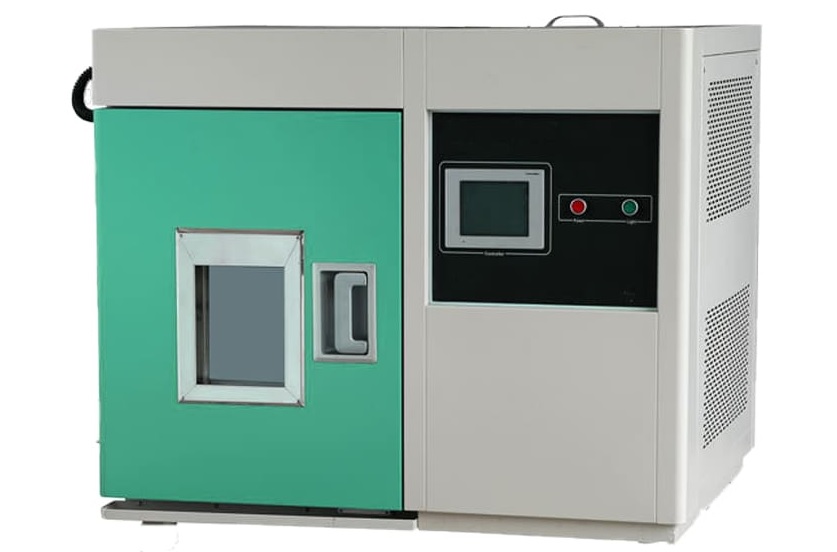Introduction
In today’s rapidly evolving world, precise control over environmental conditions is paramount. Climatic and ecological chambers are crucial in various industries, including pharmaceuticals, agriculture, and materials testing. These sophisticated tools simulate different environmental conditions, enabling researchers and manufacturers to test and optimize products under controlled scenarios. This blog will explore these chambers’ functionalities, applications, and benefits, shedding light on their significant impact across various fields.
What Are Climatic Chambers and Environmental Chambers?
Climatic chambers and environmental chambers are specially designed units that create controlled environments for testing various materials, products, and biological entities. While often used interchangeably, there are subtle differences:
Climatic Chambers are primarily designed to simulate climatic conditions such as temperature, humidity, and light. They are ideal for testing the effects of these factors on materials, biological samples, and products.
– Environmental Chambers: These chambers encompass a broader range of environmental variables, including air quality, pressure, and sound levels. They are used for comprehensive testing in more complex environments.
Key Features of Climatic and Environmental Chambers
- Temperature Control: Both chambers can maintain a wide temperature range, often from -20°C to +100°C, allowing for extensive testing scenarios.
- Humidity Control: Advanced humidity control systems can simulate different moisture levels, which is crucial for testing products sensitive to fluctuations.
- Light Simulation: Some climatic chambers include light sources that can replicate specific light wavelengths and intensities, making them suitable for testing phototropic responses in plants and photostability in pharmaceuticals.
- Airflow Management: These chambers often incorporate ventilation systems to ensure an even temperature and humidity distribution, minimizing the impact of stratification.
- Data Logging and Monitoring: Modern chambers are equipped with digital interfaces that allow real-time monitoring and logging of environmental parameters, enhancing experimental accuracy.
Applications of Climatic and Environmental Chambers
1. Pharmaceutical Industry
- Stability Testing: Drug manufacturers use climatic chambers to test the stability of medications under varying temperature and humidity levels. This is crucial for ensuring product safety and efficacy.
- Photostability Studies: Environmental chambers simulate light conditions to assess how pharmaceuticals react when exposed to specific wavelengths, helping formulate light-sensitive drugs.
2. Agricultural Research
- Plant Growth Experiments: Researchers utilize climatic chambers to create optimal growing conditions for different plant species, allowing for the study of growth rates, yield, and disease resistance.
- Seed Viability Testing: These chambers simulate extreme conditions to help determine the longevity and resilience of seeds, which are vital for agricultural sustainability.
3. Materials Testing
- Durability Assessments: Industries involved in manufacturing materials (like plastics, metals, and textiles) use these chambers to test how products withstand environmental stressors, such as UV radiation, temperature extremes, and humidity.
- Corrosion Testing: Environmental chambers simulate corrosive environments to evaluate the lifespan of materials and coatings, which is critical for the infrastructure and automotive industries.
4. Electronics and Technology
- Reliability Testing: Climatic chambers test electronic devices under extreme conditions to ensure they can withstand temperature fluctuations and humidity, thereby assessing their reliability and performance in real-world applications.
- Battery Testing: As battery technology evolves, these chambers are essential for studying battery performance under various environmental conditions, which is crucial for electric vehicle development.
5. Food and Beverage Industry
- Shelf Life Studies: Food manufacturers employ climatic chambers to simulate storage conditions and determine product shelf life, ensuring quality and safety.
- Microbial Growth Testing: By controlling environmental factors, researchers can study microbial growth under different conditions, helping to enhance food preservation methods.
Benefits of Using Climatic and Environmental Chambers
1. Controlled Testing: The ability to replicate specific environmental conditions leads to reliable, reproducible results, which are critical for research and development.
2. Time Efficiency: Instead of waiting for natural conditions to change, researchers can accelerate testing processes, speeding up product development cycles.
3. Risk Mitigation: By identifying potential failures in a controlled environment, businesses can reduce the risk of product recalls and improve safety standards.
4. Regulatory Compliance: Many industries must adhere to strict regulatory standards. Climatic and environmental chambers help companies meet these compliance requirements through standardized testing procedures.
5. Innovation Enhancement: Companies can innovate faster by testing under various conditions, creating more resilient products better suited to consumer needs.
Conclusion
Climatic and environmental chambers are indispensable tools in modern research and product development. Providing controlled environments for testing a wide range of materials and products enables industries to optimize performance, enhance safety, and foster innovation. These chambers will evolve as technology advances, paving the way for even more precise and effective testing methodologies. Whether in pharmaceuticals, agriculture, materials science, or electronics, their potential is vast, promising significant contributions to various fields.
Investing in such technology supports scientific progress and ensures that industries can meet the challenges of a dynamic global market. As we unveil the potential of climatic and environmental chambers, it becomes evident that they are not just testing facilities but crucial components in pursuing excellence and innovation across numerous sectors.


